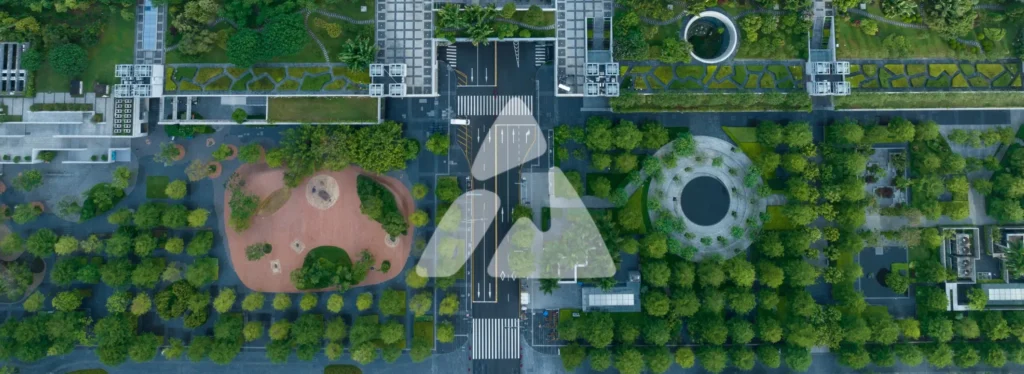We are not just living through an era of change — we are witnessing a change of era. Humanity has crossed a threshold where the choices we make, especially in our urban environments, will determine the livability of our planet for generations to come. Today, six out of nine planetary boundaries — climate change, biosphere integrity, land system change, freshwater use, biogeochemical flows, and chemical pollution — have already been breached. These represent critical limits of Earth’s resilience. Crossing them jeopardizes the very life-support systems upon which human civilization depends.
Against this backdrop, cities are both ground zero and epicenters of possibility. Cities consume 75% of the world’s natural resources and produce over 70% of global emissions, yet they also house the ingenuity, creativity, and leadership needed to turn the tide. In the face of climate breakdown, biodiversity collapse, and rising inequality, a new vision must emerge — one that redefines growth, prosperity, and the purpose of place. That vision is the Regenerative City.
From Sustainability to Regeneration: A Time to Repair, Restore, and Reimagine
L' 2025 Global Risks Report by the World Economic Forum underscores the urgency of rethinking urban development. Environmental degradation is no longer a long-term threat — it is a present crisis. Yet, the Forum’s Nature Positive Transition series points to a transformative pathway: Nature-Based Solutions (NbS) as critical tools for creating resilient, inclusive, and just urban systems.
NbS are not ornamental — they are infrastructure for survival. They regenerate water cycles, cool heat islands, sequester carbon, and support mental health. Crucially, they integrate human well-being with planetary health, reconnecting communities with nature while addressing climate risks and social fragmentation. Edible cities, rewilded waterfronts, and urban forests are not utopias — they are emerging blueprints for post-carbon living.
But nature does not conform to municipal boundaries. Regeneration must occur at the scale of bioregions.
Bioregional Thinking: Reweaving the Fabric of Place
Bioregions are living systems defined not by administrative borders but by watersheds, soils, climates, and cultures. They remind us that regeneration is not about replication but about deep listening — to ecosystems and to communities. As the BioFi initiative asserts, bioregions embody the “intelligence of place,” guiding how finance, governance, and development should align with ecological realities.
In regenerative cities, this means sourcing food from local regenerative farms, harvesting water where it falls, restoring native biodiversity, and fostering circular economies that replenish rather than extract. Cities become nodes in living networks — carbon-positive, culture-rich, community-driven.
The Transformational Role of Cities in Shaping Our Future
Leggi di più qui.

